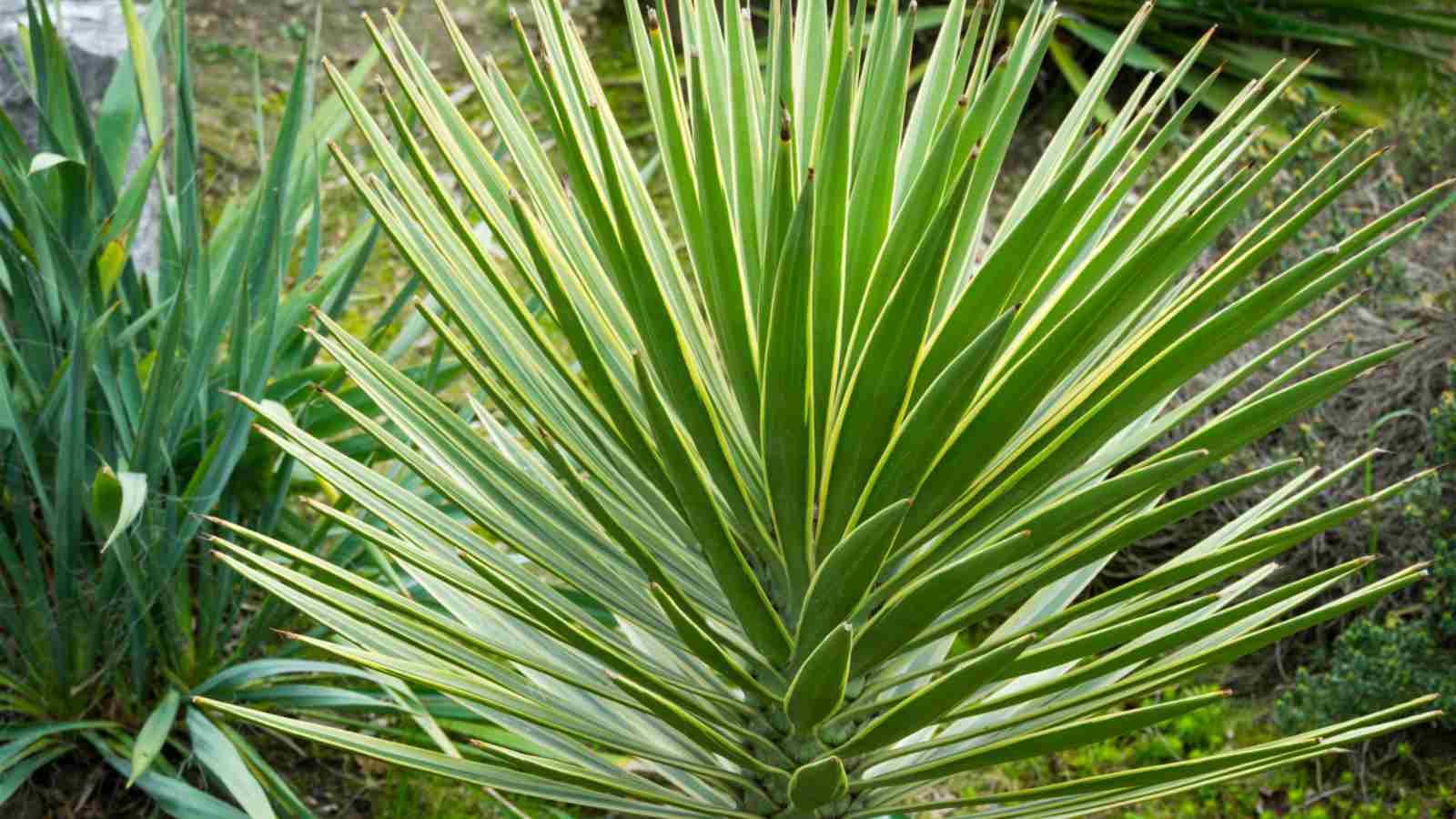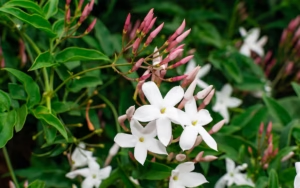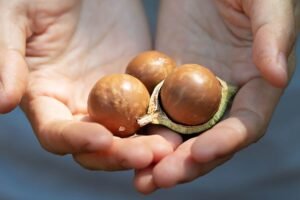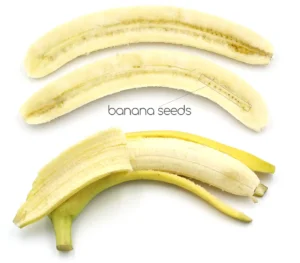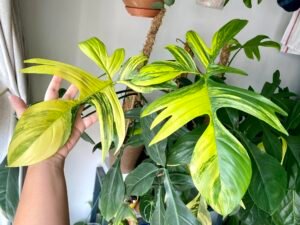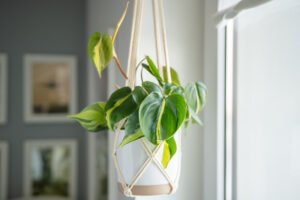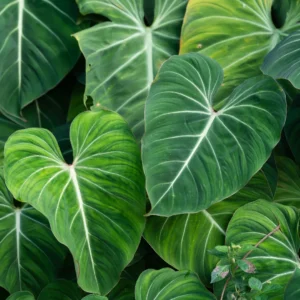Yucca plants are a striking addition to any garden or home, prized for their sword-like leaves, resilience, and dramatic flower spikes. Whether you’re cultivating them outdoors or indoors, yuccas are relatively low-maintenance and thrive in various conditions. This guide will walk you through every aspect of growing and caring for yucca plants, ensuring they flourish in your environment.
Growing Outdoor Yucca Plants
Outdoor yucca plants are perfect for gardens, especially in areas with dry or sandy soil. These hardy plants are drought-tolerant, making them ideal for low-maintenance landscaping.
Selecting the Right Spot
Choose a sunny location with well-draining soil. Yuccas thrive in full sun but can tolerate partial shade. Avoid waterlogged areas, as excess moisture can lead to root rot. Raised garden beds or gravelly soil works best.
Planting Your Yucca
When planting, dig a hole twice as wide and just as deep as the plant’s root ball. Place the yucca, backfill with soil, and water sparingly to settle the roots. Adding a layer of mulch can help retain moisture while discouraging weeds.
Indoor Yucca Plant Care
Yucca plants are popular indoor choices for their architectural elegance and easy-care nature. They are great for brightening up homes and offices.
Choosing the Right Pot and Location
Select a pot with drainage holes to prevent waterlogging. Place your indoor yucca plant in a sunny spot, such as near a south-facing window. While they prefer bright light, they can adapt to indirect light if needed.
Watering and Feeding
Indoor yuccas need infrequent watering. Allow the soil to dry out between waterings, usually every 10–14 days. Overwatering can cause root rot. Feed your yucca with a diluted liquid fertilizer every two months during the growing season (spring and summer).
Types of Yucca Plants
Yucca plants come in various shapes, sizes, and forms, making them versatile for different environments.
Common Types for Outdoor Gardens
- Adam’s Needle (Yucca filamentosa): Known for its dramatic flower stalks and thread-like filaments on its leaves.
- Spanish Dagger (Yucca gloriosa): Features sharp, pointed leaves and thrives in coastal regions.
Indoor Favorites
- Spineless Yucca (Yucca elephantipes): A popular choice for homes, this plant has softer, spineless leaves and a tree-like appearance.
- Soapweed Yucca (Yucca glauca): Compact and ideal for smaller spaces.
Pruning Yucca Plants
Pruning keeps your yucca healthy and encourages new growth. It’s also a great way to manage the plant’s size and remove dead or damaged leaves.
When to Prune
Prune your yucca plant in late winter or early spring. This timing allows the plant to focus on regrowth during the growing season.
How to Prune
Use sharp, sterilized shears to remove yellowing or dead leaves near the base. If the plant becomes too tall, you can cut the main stem and encourage new shoots to grow from the base.
Propagating Yucca Plants
Propagation is an easy way to create new yucca plants from your existing ones. There are two main methods: offsets and stem cuttings.
Using Offsets
Yucca plants often produce offsets or “pups” at the base. Carefully separate these with a sharp knife and plant them in well-draining soil. Water sparingly until new roots develop.
Stem Cuttings
For stem cuttings, cut a healthy stem and let it dry for a day or two. Plant it in a pot with sandy soil and water lightly. Keep it in a warm, bright spot until roots form.
How to Grow Yucca From Seed
Growing yucca plants from seeds requires patience but can be a rewarding experience.
Preparing Seeds
Soak yucca seeds in warm water for 24 hours to soften their hard shells. This improves germination rates.
Planting the Seeds
Plant seeds in a well-draining soil mix and cover them lightly. Keep the soil moist and place the container in a warm, sunny spot. Germination can take anywhere from three weeks to several months.
Potting and Repotting Yucca Plants
Yucca plants don’t need frequent repotting but benefit from fresh soil and more space as they grow.
When to Repot
Repot every 2–3 years or when the roots start to outgrow the pot. Spring is the best time for repotting.
How to Repot
Choose a slightly larger pot with drainage holes. Carefully remove the yucca from its current pot, shake off excess soil, and replant it in fresh soil. Water lightly after repotting.
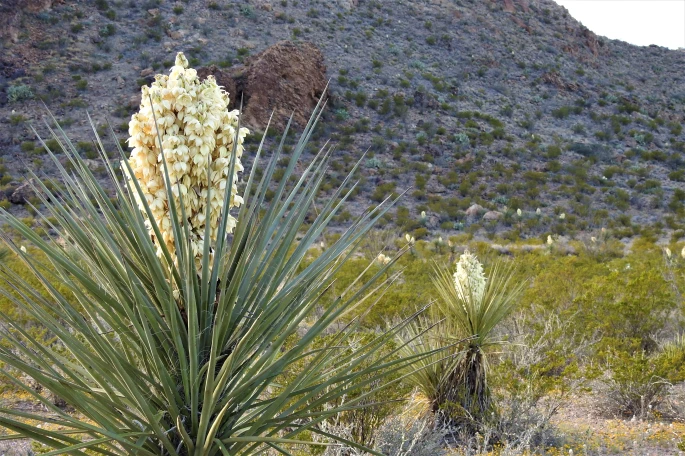
Common Pests & Plant Diseases
While hardy, yucca plants are not immune to pests and diseases. Knowing how to identify and treat issues can save your plant.
Common Pests
- Spider Mites: These tiny pests leave a web-like residue on leaves. Treat them with insecticidal soap.
- Mealybugs: Look for white, cotton-like spots on leaves. Remove them with a cotton swab dipped in rubbing alcohol.
Common Diseases
- Root Rot: Overwatering is the primary cause. Ensure proper drainage to prevent it.
- Leaf Spot: Yellow or brown spots on leaves can be treated with a fungicide.
How to Get Yucca to Bloom
Yucca plants produce stunning flower spikes, but getting them to bloom requires the right conditions.
Light and Temperature
Ensure your plant receives plenty of sunlight—at least six hours daily. Outdoor yuccas are more likely to bloom due to their exposure to natural conditions.
Patience is Key
Yucca plants can take several years to bloom, especially when grown from seed. Once established, they reward you with dramatic flowers annually.
Common Problems With Yucca Plants
Despite their hardiness, yucca plants can face challenges. Here’s how to solve them.
Yellowing Leaves
Yellowing often indicates overwatering. Allow the soil to dry out completely before watering again.
Stunted Growth
If your yucca isn’t growing, it may need more sunlight or a dose of fertilizer. Move it to a brighter spot or feed it during the growing season.
FAQs
How often should I water my yucca plant?
Water outdoor yuccas sparingly, especially in rainy climates. Indoor plants typically need watering every 10–14 days.
Can I grow yucca plants in cold climates?
Many yucca species are cold-hardy and can survive frosty conditions, but they prefer temperate to warm climates.
Are yucca plants toxic to pets?
Yes, yucca plants are toxic to cats and dogs if ingested. Keep them out of reach of pets.
Read also: https://techcrunchs.net/growing-and-caring-for-philodendron-pink-princess

